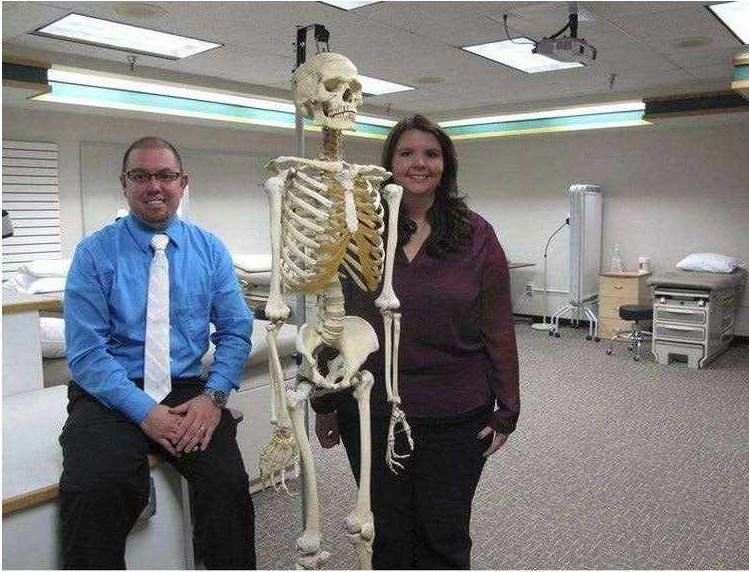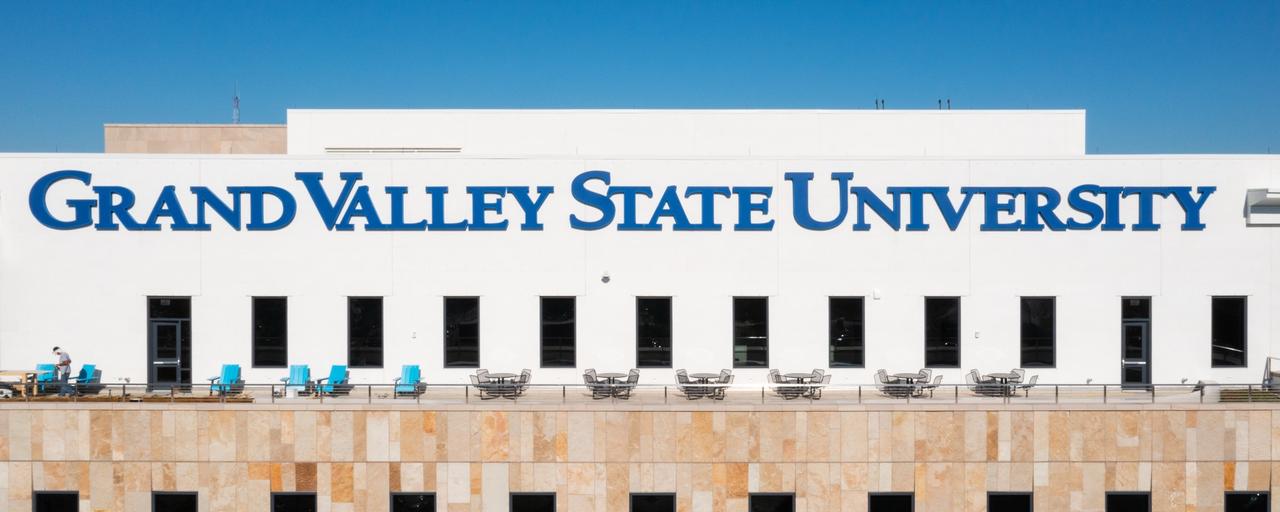In Other PAS News
Physician Assistants Fill the Gap
June 10, 2015

BY CAROL THOMPSON [email protected] Record-Eagle.com
TRAVERSE CITY — The Association of American Medical Colleges predicts there will be a shortage of physicians in the next decade.
An AAMC report published in March showed the demand for physicians will grow faster than the supply through 2025, when the U.S. could face a shortfall of 46,100 to 90,400 physicians.
Rural communities often are farthest behind. That includes the northwest Michigan area, said Amanda Ross, a physician assistant and clinical affiliate faculty at Grand Valley State University's Traverse City hub.
"People think Traverse City doesn't sound like it's very rural, but even if you go out just a short way, Kingsley, Buckley, there's a big shortage," Ross said.
Ross and Nicholus Kopacki, also a PA and GVSU clinical affiliate faculty, are helping the university launch a 27-month Master's in Physician Assistant Studies program at the Northwestern Michigan College University Center, 2200 Dendrinos Drive.
The university received a grant from the U.S. Health Resources and Services Administration to help launch the satellite program.
Students accepted into the Traverse City program must be from an under-served rural area, including Traverse City and other northern Michigan communities. The goal is to boost the number of medical professionals in those places.
"Students who are educated and trained in rural and underserved communities tend to stay in rural and underserved communities," Kopacki said.
That's what David McGreaham, Munson Medical Center's Vice President of Medical Affairs, hopes to see from the GVSU program — graduates fro
McGreaham said PAs and Nurse Practitioners increasingly fill roles at Munson.
"Physicians can only do so much work," he said. "Others can help with that work, and it's really about a team getting the work done."
PAs can see patients, write prescriptions, order and interpret diagnostic tests, take physicals and more. Their education is equivalent to a master's degree — students must have 500 hours of healthcare experience, a bachelor's degree and pass prerequisite classes before they can enroll in GVSU's program.
PAs can do most of what a physician can do, except for surgery. Medical facilities have to keep a physician available to answer questions when PAs are on duty.
Nurse practitioners have similar abilities, but their training differs. Nurse practitioners have more opportunities to specialize, and typically learn about treating whole patients. PAs typically study the medical model, Kopacki said, and focus on treating disease.
PAs are paid less than physicians. The average wage for physicians in Michigan was $182,030 per year in 2014, according to the Bureau of Labor Statistics. The average wage for physician assistants was $97,280 that year.
Ross said that could be a reason PAs are in high demand.
"We have a growing population of baby boomers and individuals that need health care, and we all know there's just no money to (cover) that," Ross said. "How do you fill that gap? I think PAs are a good solution, along with nurse practitioners."
The first crop of 13 students will start the GVSU PA program in August. Lectures will be streamed between Grand Rapids and Traverse City classrooms. Lab exercises will be held in Traverse City.
The program is competitive. Kopacki said nearly 400 students applied to the GVSU PA program last year. Only 52 were accepted
in the Traverse City program launching careers in the region.
Graduates enter a strong job market. Forbes, a business and financial news outlet, named physician assistant the most promising job and the third best master's degree in 2015.
"There's a lot of security in knowing the need's not going to go away," Kopacki said.

